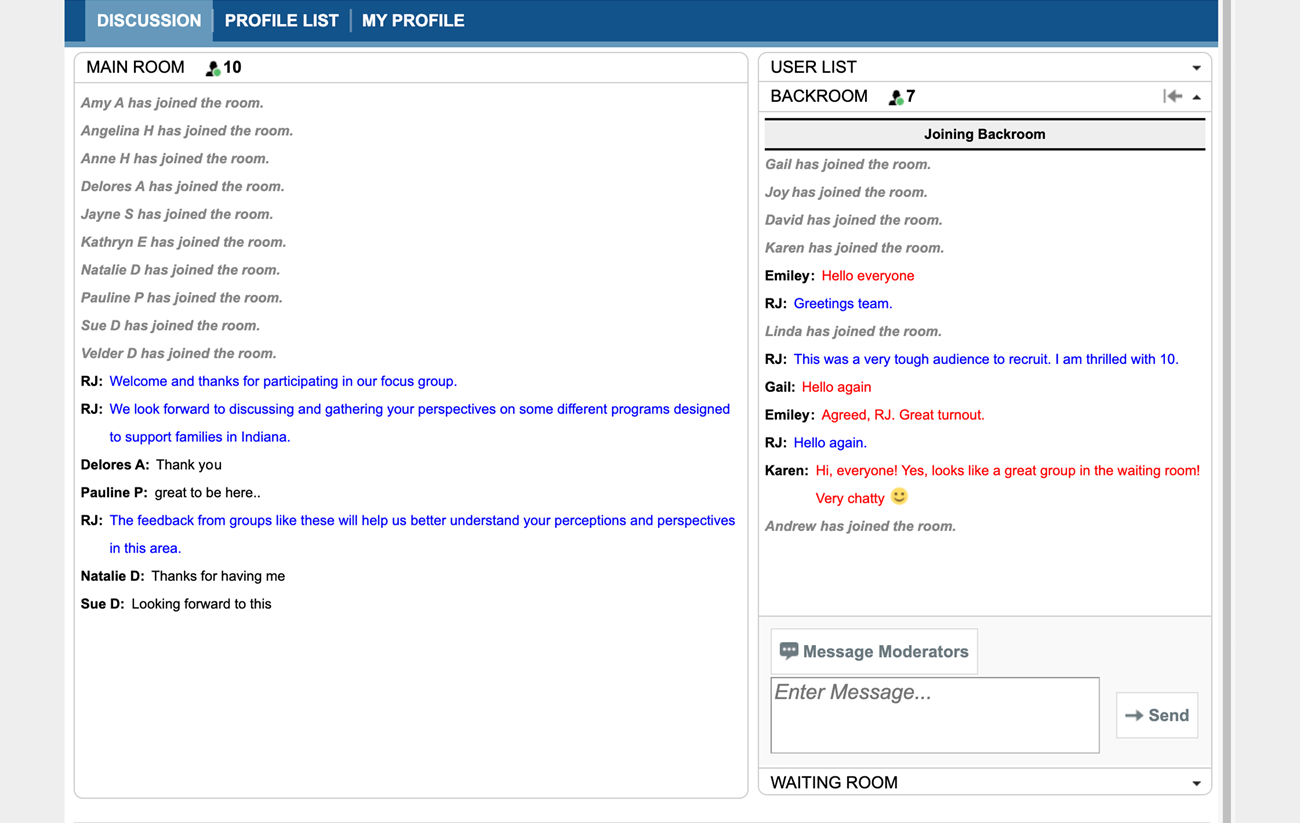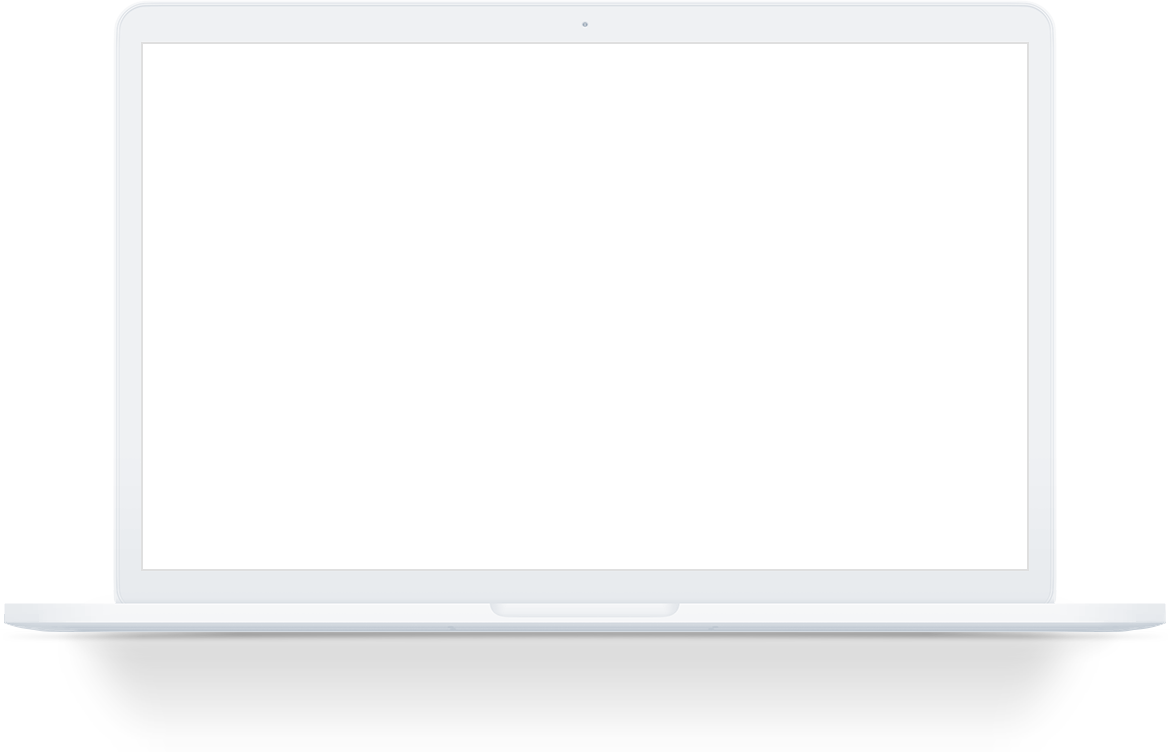Staying Nimble on Behalf of our Client

Early in 2020, we engaged with the Indiana State Department of Health (ISDH) to help them promote an important program that was called OB Navigator. Through this initiative, ISDH is able to connect pregnant women to organizations in their own communities that can help them navigate both their pregnancies and the first year of their newborns’ lives. With Indiana’s infant mortality rate higher than average, this program carries great weight.
Our work would entail naming and branding the program, followed by marketing the program to key audiences. The first step? Conduct focus group research to find out how mothers, grandmothers and fathers around the state feel about pregnancy, motherhood, this program, as well as names and descriptors.
And then, a pandemic struck.
Calling Off was Not an Option
Well, calling off the research could have been an option, but with a program as important as this one, Williams Randall and ISDH decided to move ahead. Hence, Plan B was in order.
We worked closely with our research partner, SMARI, to devise a solution. In the end, we think we may have gotten results that were even more insightful and honest than if we had held traditional in-person focus groups.
-
 Focus group participants are gathering in the "Main Room" on the left side of the screen, while Williams Randall and the client are joining the "Backroom" on the right side of the screen as another session begins.
Focus group participants are gathering in the "Main Room" on the left side of the screen, while Williams Randall and the client are joining the "Backroom" on the right side of the screen as another session begins.

Focus Groups by Chatroom
The format for the focus groups was completely online. Unlike all the video conference calls that became the norm during the work-from-home time, however, the sessions were conducted by keying in questions and responses. There was no oral or video engagement at all.
Participants logged in to a waiting area prior to being admitted to the chatroom. Client and agency representatives observed from the “backroom,” where they were able to comment and share observations that were unseen by the participants. We had a moderator and a liaison on hand, so while the moderator conducted the session, the liaison was able to chat directly with participants when clarification was needed.
“We believe this method of research allowed all the participants to have an equal voice in the discussion,” said Director of Client Services Emiley Matherly. “In traditional focus groups, the discussion can sometimes be swayed by the most vocal participant. With this system, everyone could immediately begin to type their thoughts without being swayed by others’ responses.”
“And because pregnancy and parenthood are such personal topics, it’s possible participants would’ve felt judged in person by how they looked or what their age was,” COO | Director of Online Services Joy Cropper added. “With this level of anonymity, they seemed to feel even freer to express their opinions.”
The only downside to this method of focus group research? You’re on your own to provide a bowl of candy.
Another Tool in our Research Toolbox
Would online focus groups completely replace traditional focus groups for us in the future? No, we wouldn’t say that. But we are ready to say that this definitely was not a “band-aid” fix for this project. The findings are valid and will help us as we continue with this project for ISDH. As for future projects, we will consider all possibilities to determine what is most appropriate for a particular project.



